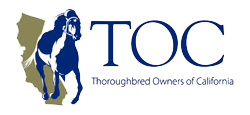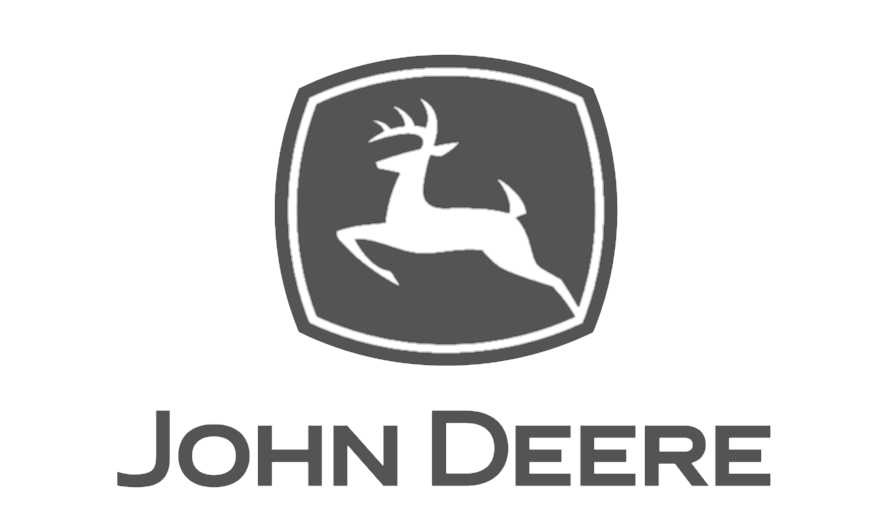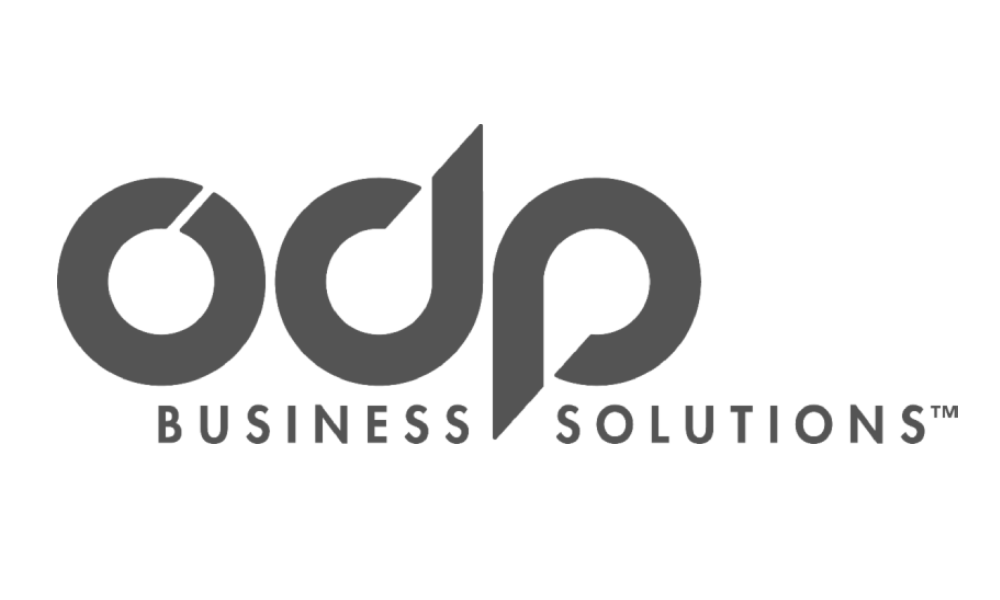By Herbert B. Wittenberg, CPA & Bruce A. Wittenberg, CPA
Tax time is just around the corner, so we asked the equine accountant team of Herb & Bruce Wittenberg to provide us with some tips for you on how to avoid creating “red flags” in your racing business that can trigger an IRS audit.
One of the most disagreeable events that can happen to your horse business is undergoing an audit by the Internal Revenue Service or state agency. Audits are time consuming as they require you or your accountant to round up your supporting data, and worse, can end up requiring you to pay more taxes. No fun!
The best way to avoid an audit is not to create “flags” that may alert the IRS that something’s amiss. Following are a couple of common “flags,” and ways to avoid creating them.
Red Flag
Your Income Figures in Your Schedule C & 1099 Form Don’t Match.
One common flag that often triggers an IRS response (either a letter from the agency, or the initiation of a full audit) is to have your racing stable’s gross income (purses, etc.), – shown on Schedule C of your tax returns – differ from the amounts shown on your 1099 Forms. It’s an easy error to make, as the net check amount you receive from the track’s paymaster is not the same as your gross income shown on your Form 1099, which is also generated by the track’s paymaster. This difference occurs because the track’s paymaster deducts various costs (such as jockey mount fees, box seats, photos, etc.) from your account, but reports your gross purse earnings to the IRS on the Form 1099. You can’t just add up your net check receipts from your paymaster’s account, you have to add back to it the track’s deductions to your income in order to have the Schedule C and Form 1099’s match. Of course, you then claim the deductions for mount fees, seats, and photos as business expenses.
Red Flag
Only One Partner Receives a Form 1099 Showing All Partners’ Income.
Another problem that can arise is when you’re involved in a racing partnership that has earned purse income. The track’s paymaster will issue a Form 1099 to only one of the partners, usually the one whose name is alphabetically first. So, if Adams, Baker, and Smith each own an interest in a horse, Adams will receive a “1099” showing the total purse income, while Baker and Smith will not receive a “1099.” Adams should report the total purse income (so his total “sales” agrees with all his “1099’s”), and then deduct (as a sales return) the portion he paid out to the other partners. Adams should then prepare Form 1099’s for his other partners who are receiving a portion of the purse income. You should also prepare Form 1099’s for anyone (other than a corporation) to whom you pay $600 or more for services rendered, and for which you take a business deduction. This would include your trainer, ranch, veterinarian, accountant, etc. The only exception to this rule is attorneys, whom you must send a Form 1099 even though they may be incorporated, and even if you paid them less than $600.
Failure to send IRS Form 1099’s can result in penalties of $100 per Form 1099 and/or disallowance of the expense.
Red Flag
Failure to Report Wagering Income on W-2 G Form.
Some owners are lucky enough to receive a W-2 G Form, which reports wagering income. If you are one of these owners, you should report your total wagering income, including the amounts shown on the W-2 G’s and the additional wagering income received for which you did not receive a W-2G. You should then claim a deduction for your wagering losses, which is claimed as an itemized deduction, and is allowable to the extent of the wagering income. It is a mistake (which can trigger an audit) to ignore the W-2 G under the theory that your wagering losses exceed your income. The IRS knows about the income, but they have no knowledge about the losses until you notify them by claiming them as a deduction. You should also save your losing tickets throughout the year since you might cash a big ticket at the end of the year. In addition, you should ask the pari-mutuel clerk to give you a receipt showing the cost of the winning ticket when you collect on a bet. It would be a poor practice to show only the W-2 G income, while having many losing tickets.
To summarize, make sure your racing stable’s income figures match on your Schedule C and 1099 Forms; report your wagering income and losses on a W-2 G form; and, if you’re involved in a partnership (and are the unlucky one who receives the 1099 Form from the track), make sure you deduct the income paid out to the other partners and send them a 1099 Form. Following these tips will help you avoid the dreaded IRS audit, and will help improve the profitability of your racing stable.






